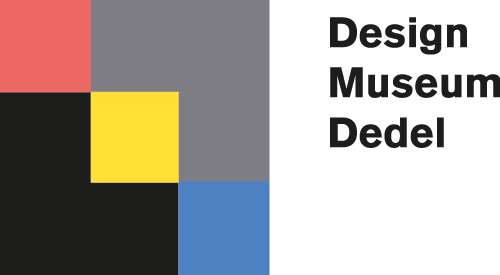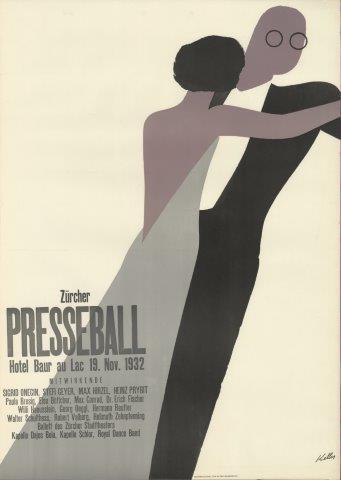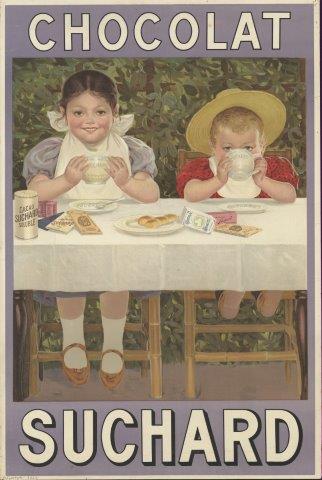Exhibitions
Design Museum Dedel was opened on 1 July 2019 by Mrs. Hedy d’Ancona.
Now showing
from juni 5 until october 31 2024
A Century of Swiss Posters
Design Museum Dedel presents over 200 very rare posters from Switzerland.

from juni 5 until october 31 2024
A Century of Swiss Posters
Design Museum Dedel presents over 200 very rare posters from Switzerland.
Design Museum Dedel presents over 200 very rare posters from Switzerland. The oldest is from 1885. It is the first exhibition in a series in which a different country will be the theme. The posters on the bel etage are arranged chronologically, so that the visitor is given an impression based on the advertisements of the time.
Three themes have been highlighted: the fashion posters, political posters and the artistic development around the Avant Garde and the Bauhaus. The Swiss posters are striking because of their quality: they were printed on better paper than elsewhere in Europe and on a larger standard size.
In the chronological section (Salon and Hall), products that Switzerland is known for are advertised: chocolate, watches, travel and the railways. This results in interesting confrontations. Famous designers such as Emil Cardinaux, Charles Loupot, Otto Baumberger and Otto Morach have provided posters for this.
An important aspect are the posters for fashion. A grand advertising battle took place between clothing companies PKZ and Grieder that has resulted in spectacular posters. Fritz Seigner shows a poster in three parts that he made for PKZ. These can be found in the Bedroom on the front right.
The third theme is politics (Middle Room front). Referendums are a typical Swiss phenomenon. Poster campaigns were conducted around the consultations, of which speaking examples can be seen here, including by Burkhard Mangold and Melchior Annen. The poster AGAINST women's suffrage remained anonymous.
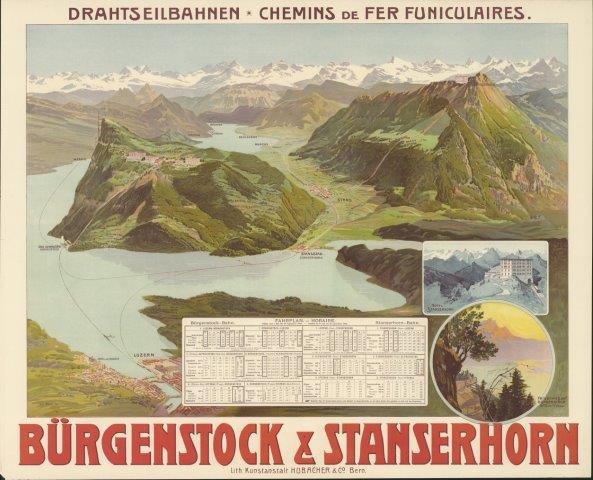
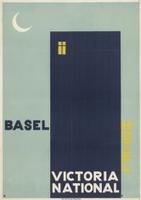

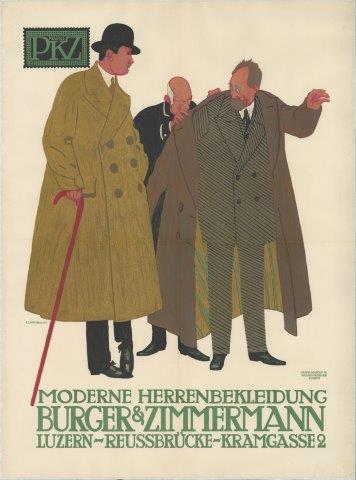
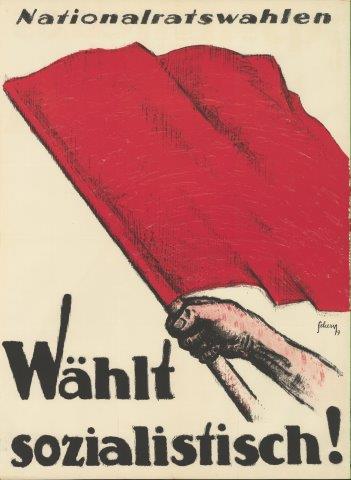
From 9 May to 12 July 2024
Grafische Werkplaats Moet Blijven!
Exhibition in the context of 50 years of Graphic Workshop
Room: Sitting room front, Bel etage

From 9 May to 12 July 2024
Grafische Werkplaats Moet Blijven!
Exhibition in the context of 50 years of Graphic Workshop
Room: Sitting room front, Bel etage
This year marks the 50th anniversary of the founding of the Grafische Werkplaats Den Haag. In 1974, a group of artists squatted the building where the graphic workshop is still located. The Analog 74-24 festival celebrates this feat and looks to the future with an extensive program on activism and community. During the festival, Design Museum Dedel presents the exhibition Grafische Werkplaats Moet Blijven! with posters of the protest action (2012) against the cutbacks that threatened the workshop.
In 2012, the municipality came up with a drastic cutback plan for the arts sector, as a result of which the Grafische Werkplaats would have to close its doors. About fifty artists and designers took action against these disastrous plans. More than 1000 posters in 55 variations (all screen-printed in A2 format in the workshop) were distributed throughout the city, to make it clear that the Grafische Werkplaats is a crucial facility for visual artists and designers from South Holland. The posters could not only be seen in public spaces, but also in exhibitions at the Grafische Werkplaats and the Haagse Kunstkring. Autonomous works of the exhibitors were presented alongside their posters to emphasise the relationship between applied and free work. With these manifestations and exhibitions, the artists succeeded in convincing the municipality. The Grafische Werkplaats continued!
Design Museum Dedel is showing a selection of these posters, which have played such an important role in the recent history of the Grafische Werkplaats. The posters demonstrate how the activist spirit and sense of community among users of the workshop has always lived on since its foundation in 1974.
With posters by Zeloot, Weitenberg, Pat Andrea, Wendy Wenders, G.J. de Rook, Ilja Walraven, Ton Martens and many others
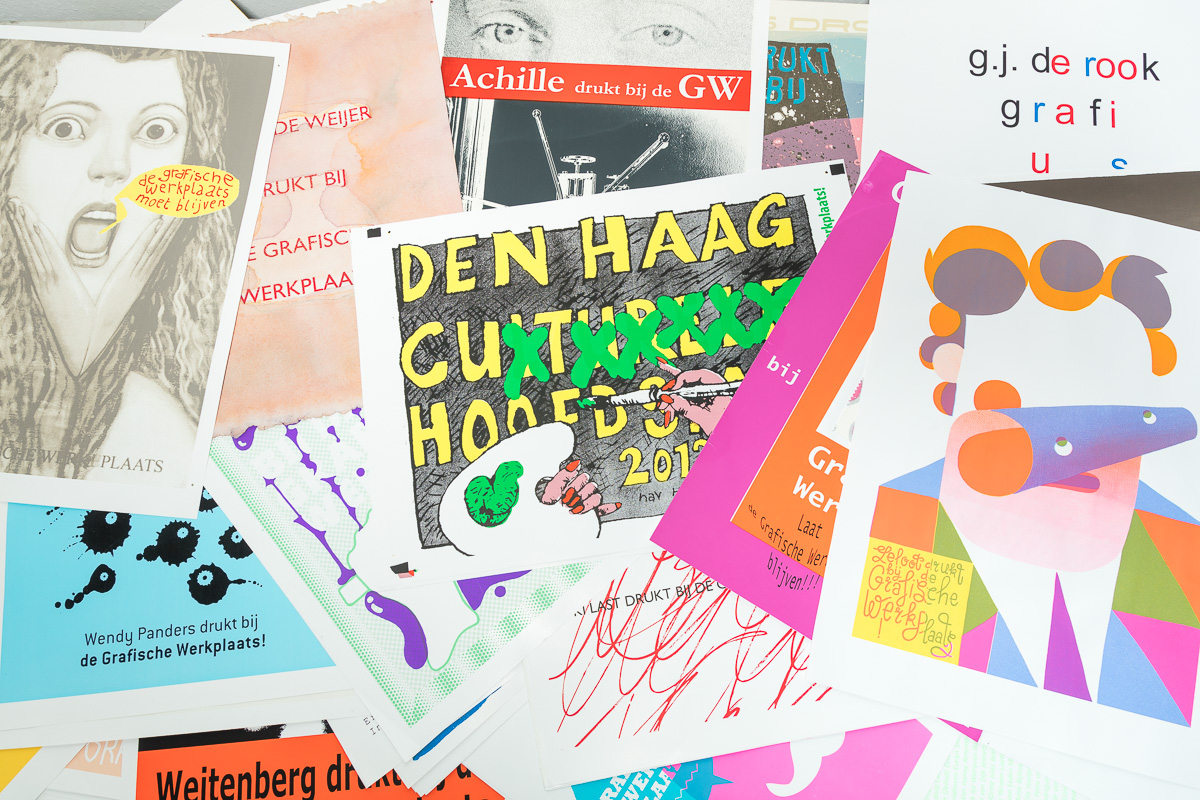
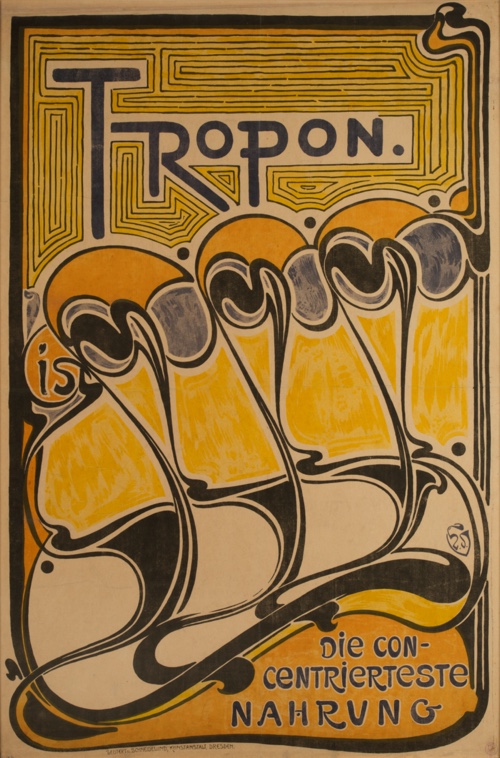
June 10 2023 until October 31 2024
Art Nouveau, Jugendstil, New art
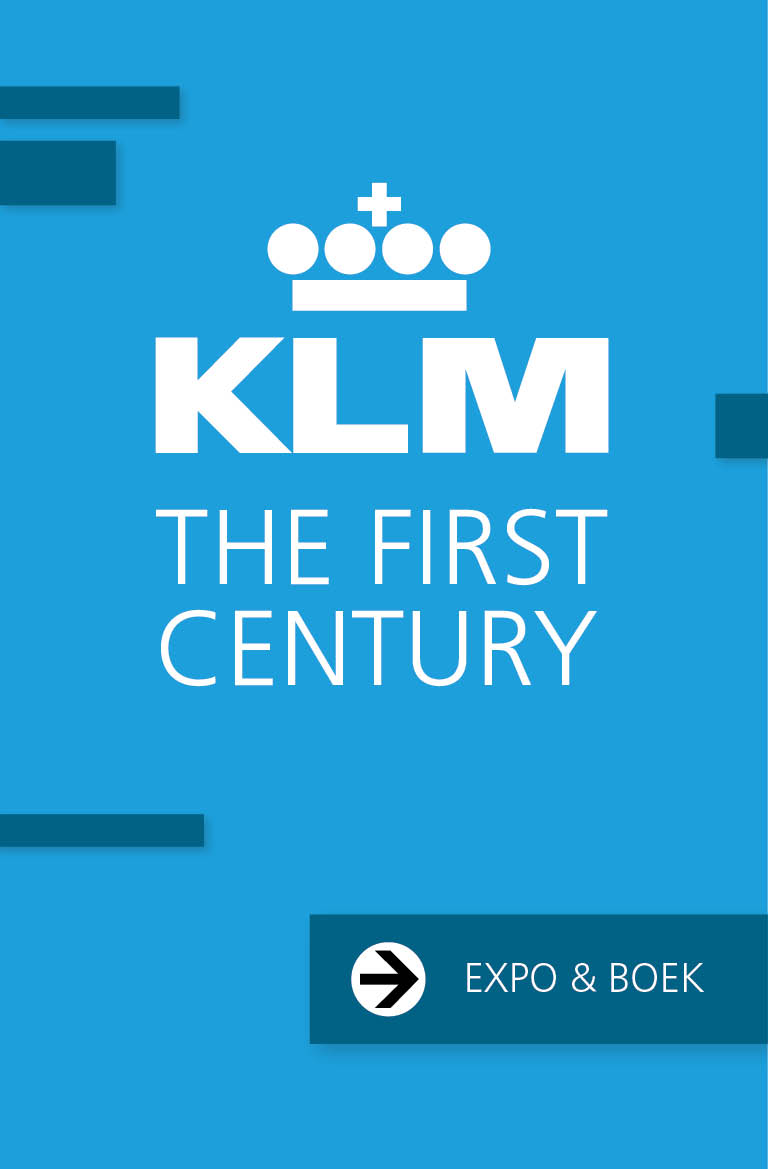
until may 31 2024
